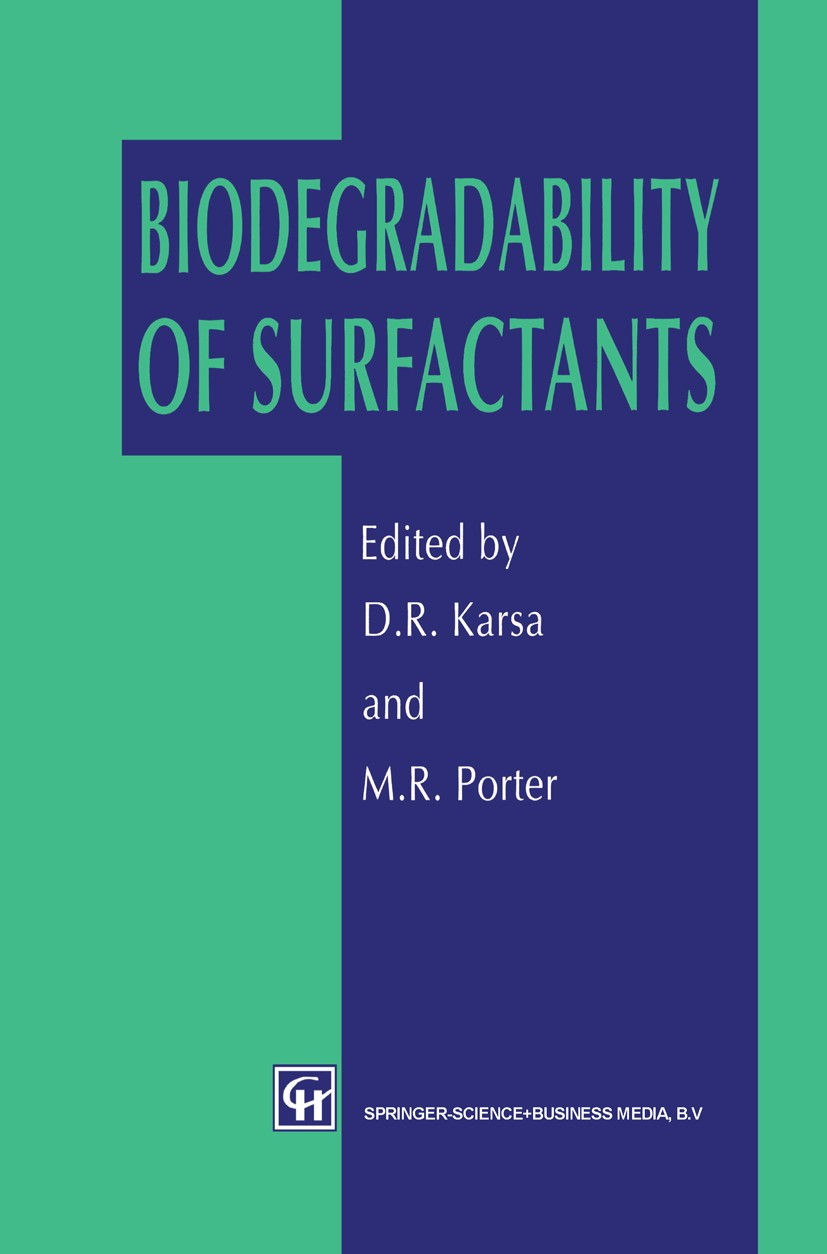| 期刊全称 | Biodegradability of Surfactants | | 影响因子2023 | D. R. Karsa,M. R. Porter (Consultants in Specialit | | 视频video | http://file.papertrans.cn/187/186778/186778.mp4 | | 图书封面 |  | | 影响因子 | The awareness and development of ‘biodegradable‘ surfactants pre-dates current pressures by the environmental movement by nearly three decades, wherein a responsible industry mutually agreed to replace ‘hard‘, non-biodegradable com ponents of household detergents by ‘soft‘, biodegradable alternatives, without course to legislation. The only requirement at that time was for surfactants used in detergents to exhibit a ‘primary biodegradability‘ in excess of 80%; this referring to the disap pearance or removal from solution of the intact surface active material as de tected by specified analytical techniques. This proved useful, as observed environmental impacts of surfactants, e.g. visible foam on rivers, are associated with the intact molecule. Test methods for ‘primary biodegradability‘ were eventually enshrined in EU legislation for nonionic surfactants (Directive 821242/EEC, amended 73/404IEEC) and for anionic surfactants (Directive 8212431EEC, amended 73/405IEEC). No approved test methods and resultant legislation have been developed for cationic and amphoteric surfactants to date. The environmental classification of chemical substances, which of course includes surfactants, | | Pindex | Book 1995 |
The information of publication is updating

|
|
 |Archiver|手机版|小黑屋|
派博传思国际
( 京公网安备110108008328)
GMT+8, 2025-11-12 01:31
|Archiver|手机版|小黑屋|
派博传思国际
( 京公网安备110108008328)
GMT+8, 2025-11-12 01:31


